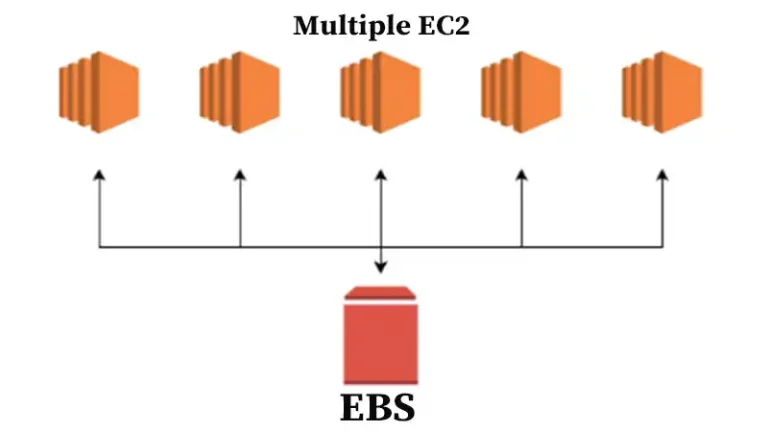What is Redundancy in Cloud Computing?
Cloud computing has revolutionized the way businesses operate, offering unparalleled flexibility and scalability. One of the key features that make cloud computing indispensable for modern enterprises is redundancy.
Redundancy in cloud computing entails duplicating data, systems, and equipment to mitigate the risk of system downtime, thereby ensuring seamless business continuity.
Types of Redundancy in Cloud Computing
Here are the types of redundancy in cloud computing.
Process Redundancy
Processes form the backbone of any digital architecture, and ensuring their availability is paramount for business operations. However, achieving 100% availability for all processes can be prohibitively expensive. Instead, businesses should prioritize processes based on their importance and allocate resources accordingly. By assessing the criticality of each service, organizations can determine the appropriate level of redundancy required to maintain seamless operations.
Network Redundancy
Network redundancy is essential for ensuring uninterrupted connectivity and mitigating the risk of downtime. Businesses should evaluate factors such as multiple internet routes and backup providers to enhance network resilience. However, relying on different providers doesn’t guarantee network redundancy, as some may share the same backbone infrastructure. It’s crucial to scrutinize cloud providers’ Service Level Agreements (SLAs) to ascertain their commitments to redundancy and availability.
Hardware-Level Redundancy
Hardware redundancy pertains to the fault tolerance of the underlying infrastructure running the software. This includes critical components such as contact center applications, collaboration tools, and customer databases. Businesses can opt for either co-locating their hardware or leveraging cloud providers’ expertise to design and maintain redundant environments. The choice between in-house and outsourced solutions depends on factors such as cost, expertise, and business requirements.
Geographic Redundancy
Geographic redundancy involves replicating data across multiple locations to mitigate the risk of data loss due to natural disasters or other unforeseen events. Data centers should be strategically positioned to ensure geographic diversity, minimizing the likelihood of simultaneous disruptions.
Benefits of Redundancy in Cloud Computing
For those unaware, redundancy in cloud computing can actually be pretty advantageous. Here’s how.
High Availability: Redundancy enables high availability by distributing workloads across multiple cloud instances. In the event of a primary provider failure, secondary systems can seamlessly take over, ensuring uninterrupted service delivery.
Data Redundancy: Cloud providers typically replicate data across multiple data centers to safeguard against data loss. Redundancy ensures that even in the event of server failures, backups are readily available, minimizing the risk of data loss.
Business Continuity/Disaster Recovery: Redundancy plays a pivotal role in ensuring business continuity and disaster recovery. By minimizing downtime and facilitating rapid system restoration, businesses can mitigate the impact of disruptions and maintain operational resilience.
Security: Redundancy enhances cybersecurity by minimizing the risk of data exposure during system outages or cyberattacks. By maintaining redundant systems and implementing robust security measures, organizations can safeguard sensitive data and maintain regulatory compliance.
Frequently Asked Questions
Can redundancy in cloud computing eliminate downtime completely?
While redundancy significantly reduces downtime risk, it doesn’t provide absolute immunity. However, leveraging redundant systems and robust disaster recovery strategies helps minimize disruptions and maintain operational continuity.
Does redundancy in cloud computing raise operational costs?
Implementing redundancy may add expenses, but the long-term benefits surpass costs. It boosts system reliability, reduces downtime, and protects against data loss, enhancing efficiency and risk mitigation.
Conclusion
Redundancy in cloud computing is indispensable for ensuring the resilience, reliability, and security of modern IT infrastructures. By embracing redundancy strategies tailored to their specific needs, you can navigate the complexities of cloud computing with confidence, ensuring uninterrupted operations and mitigating the impact of unforeseen disruptions.






